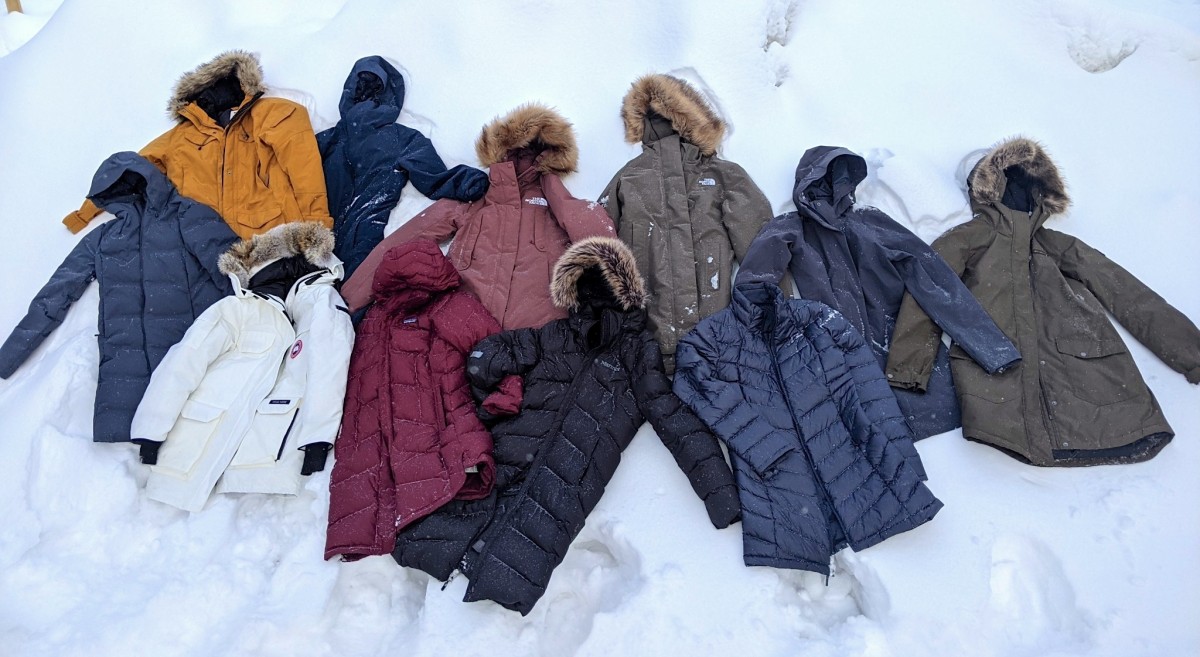Fins_N_Tines
WKR
Its like politics and religion. The great debate of down vs synthetic. As the title states this is for backcountry applications where you do not have luxary to go back to a cabin or hotel to dry out.
I decided to start a new threat as @Formidilosus has some great insight on a different threat about running the Stone Glacier Treated Down jacket over the last two years.
I personally go back and forth on whether I should use down or synthetic for reasons such as you get wet late at night or early morning from sweat or rain and than throw on your puffy layer to trap body heat.
Below is the previous post:
Whats your take on down vs synthetic for a backpack hunt? Meaning taking into account times you are wet from sweat or rain and need to throw on puffy to preserve heat. I know SG just did a re-warming drill with their down garments, but people like John Barklow of Sitka say using down in a backcountry situation isn't wise.
I decided to start a new threat as @Formidilosus has some great insight on a different threat about running the Stone Glacier Treated Down jacket over the last two years.
I personally go back and forth on whether I should use down or synthetic for reasons such as you get wet late at night or early morning from sweat or rain and than throw on your puffy layer to trap body heat.
Below is the previous post:
Have used the Grumman jacket and pants the last two years. From minus 14 degrees upward, some heavy snowstorms and a couple of soaks.

Instead of saying things like “it’s an oven”, or “it’s like the surface of the sun”, etc. instead treat it like a sleeping bag. No real puff outfit is made to move in. They are static layers. The way I see it is to find out what is the temperature that allows absolute comfort (sitting on your couch watching TV comfort) with ZERO movement, while keeping feet, head, hands warm to avoid that variable.
Wearing a thin base layer (think Patagonia lvl 1), a lighter weight fleece (Patagonia R1), the puff jacket, and a wind blocker with no movement for several hours- The Grumman is around a 35 degree jacket/pants. This is across multiple people in varied weather. Very few were good down to 30 degrees, and a couple were good only to around 38-40 degrees. The majority had to start doing something to stay warm- slight shivering, rubbing arms, little movement, etc., below 35.
If you move at all it throws everything out of wack. With just a bit of very slow hiking, several were overheated in below zero temps. It’s why a comparison of warmth when movement whatsoever is involved is nearly useless without a detailed description of personal body heat and metabolism, temperature and activity, boots, socks, head gear, etc.
Whats your take on down vs synthetic for a backpack hunt? Meaning taking into account times you are wet from sweat or rain and need to throw on puffy to preserve heat. I know SG just did a re-warming drill with their down garments, but people like John Barklow of Sitka say using down in a backcountry situation isn't wise.

